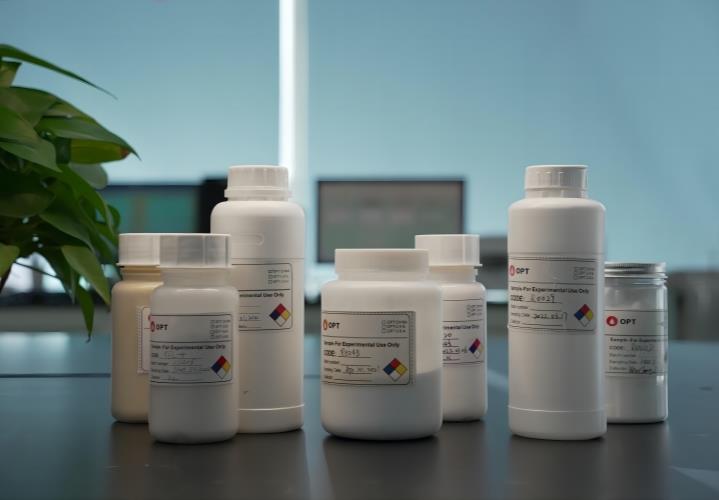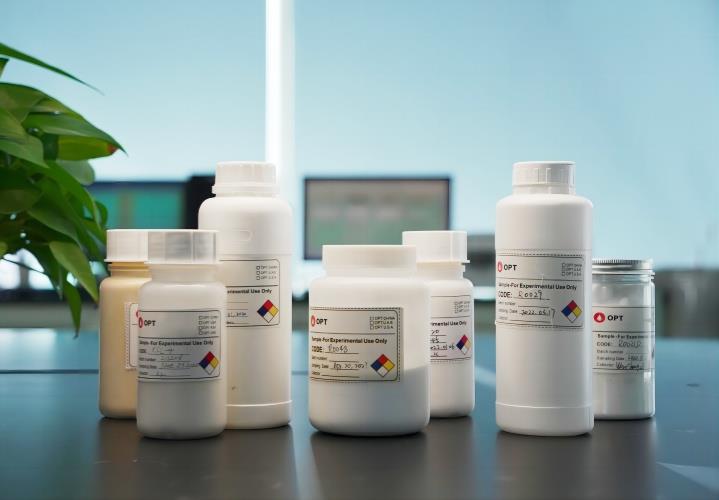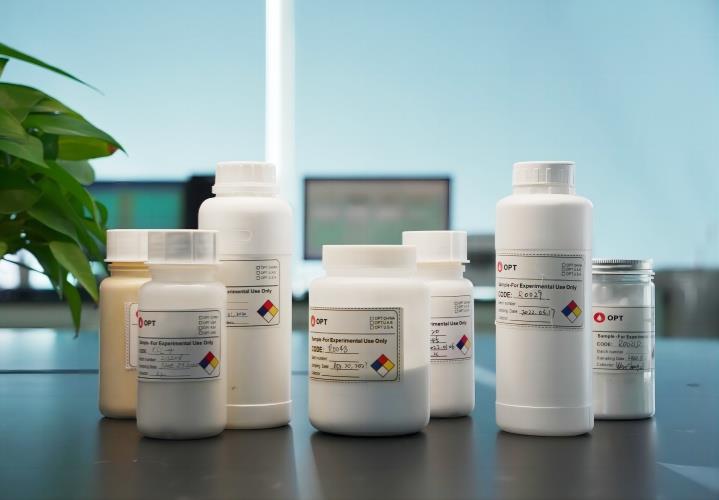Typical Properties and Field Applications
EAT technology was commercialized in 2014 successfully and has been applied in various oil and gas fields in the world. It has been proved to be effective in treatment of carbonate reservoirs with the following conditions:
|
Temperature: |
BHST 125-375℉ (51-190℃) |
|
Formation: |
Carbonate formation |
|
Treatment fluids: |
HCl, acid fracturing fluids |
Further information about field applications is
described in documented “Case History of EAT Technology”.
Typical stability of EAT fluids are shown in
the following Pictures.
Photograph & Schematic Representation of EAT
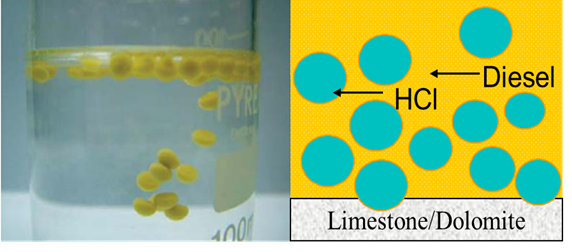
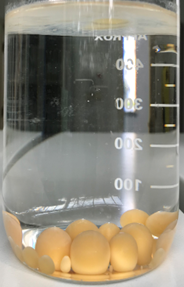
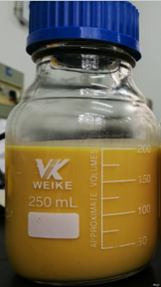
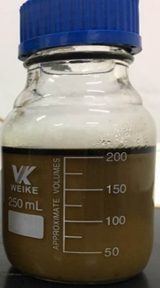
EAT Drop Test EAT at 25℃ after 3 hours EAT at 135℃ after 3 hours
Precautions and HSE Considerations
The emulsifier (KMA036) in EAT systems play the
most important role in the stability, stimulation effectiveness and operational
simplicity. This product can be used at 5 GPT when compared to 20 to 30 GPT of
emulsifier required in the industry. This emulsifier yields a very stable
emulsion that can be used for the entire application spectrum of carbonate
stimulation.
In addition, much less corrosion inhibitor (KMA054)
is required for protection of tubulars even at high temperature. Iron reducing
agent (KMA003) and iron stabilizer (KMA003B and KMA033) are also used generally
to prevent iron precipitation in the formation. H2S scavenger (KMA009)
and H2S scavenger aid (KMA009B) are compatible with other EAT
additives.
The laboratory procedures, quality assurance
program and guidelines for field mixing and handling of EAT systems are
described in EAT fluid manual.
Refer to the technical sheet and SDS of the
respective product for the health, safety and environmental information of each
product.


